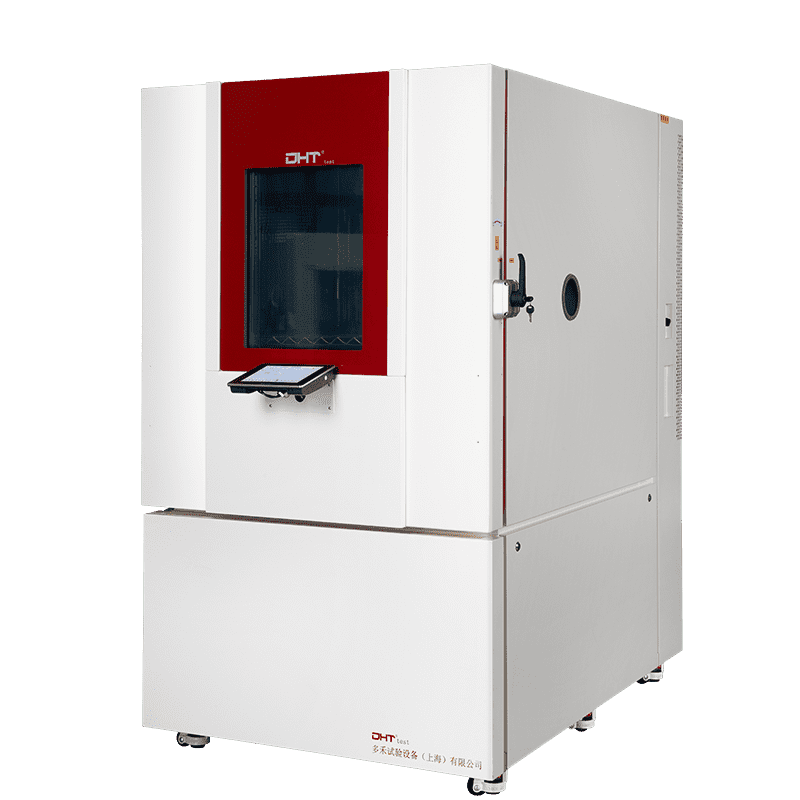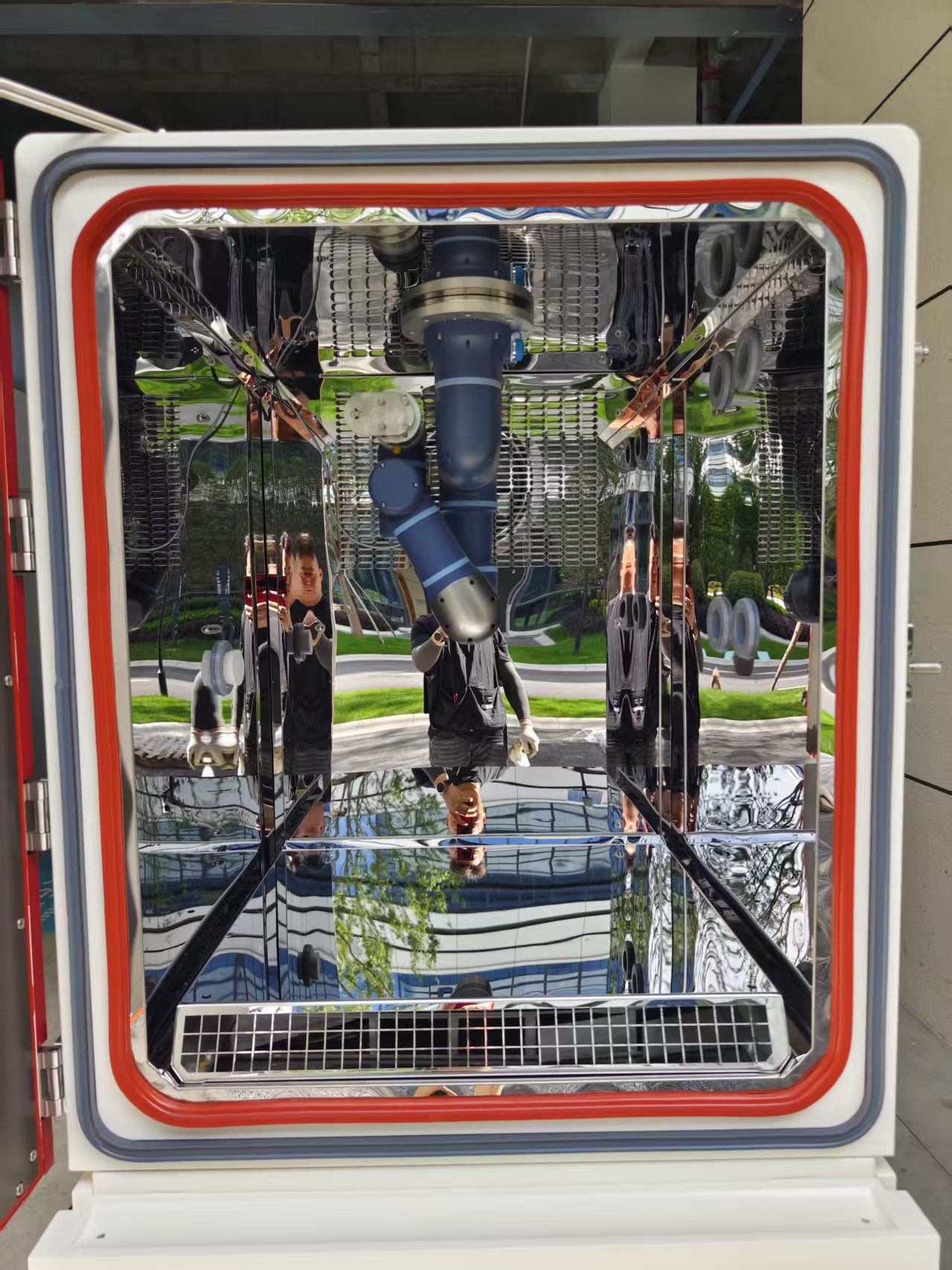Purpose of Thermal Shock Testing: Recreating “Instant Extremes” to Verify True Reliability
-
A smartphone taken from an air-conditioned room into scorching outdoor heat;
-
A car engine rapidly warming up after a cold winter start;
-
Aircraft encountering sharp temperature shifts at high altitudes.
How It Works: Alternating Temperature Zones + Rapid Transfer Mechanism
-
Air-to-Air (Two-Zone or Three-Zone) ChambersThis is the most widely used thermal shock chamber type. It consists of high-temperature, low-temperature, and testing zones (or a movable testing platform that shifts between zones):
-
Samples are quickly transferred between zones using mechanical devices like lift tables or air doors;
-
Heat exchange is done entirely through air convection;
-
Temperature ranges usually span from -70°C up to +200°C, with transfer times under 10 seconds.
-
-
Liquid-to-Liquid (or Air-Liquid Hybrid) Chambers
Key Systems and Technical Components
Temperature Control: Rapid Heating + Multi-Stage Cooling
-
Heating: Typically uses nickel-chromium alloy electric heaters for fast ramp-up, reaching +150°C to +200°C quickly.
-
Cooling: Employs cascade refrigeration systems combining low-temperature refrigerants (like R23, R508) with mid-to-high temperature refrigerants, capable of rapidly cooling down to -40°C, -55°C, or even -70°C.
Transfer Mechanism: Air Doors, Platforms, or Robotic Arms
-
Mechanical transfer: Samples are moved between temperature zones via lifts, rails, or robotic arms.
-
Airflow switching: The sample stays in place while air ducts and doors switch heat sources to rapidly change the ambient temperature.
-
Transfer times range from 5 to 15 seconds, with strict requirements on temperature uniformity and repeatability.
Airflow System: Ensuring Uniform Temperature Distribution
Control System: PID Control + Multi-Profile Programming + Remote Monitoring
-
Programmable logic controllers (PLC) with touchscreens allow precise segmented temperature program settings.
-
Supports editing multiple temperature/time/cycle profiles to comply with standards like MIL-STD-202G and IEC 60068.
-
Features data export, remote monitoring, and alarm linkage for traceability and safety.
Typical Applications and Industry Importance
Thermal shock chambers are indispensable across a wide range of industries, including:
-
Electronics & Semiconductors: Testing BGA packaging, PCB solder joints, and connector heat fatigue resistance.
-
Automobilindustrie: Cold-hot cycling of ECUs, sensors, lighting, ABS modules.
-
Aerospace & Defense: Evaluating missile components and radar systems under extreme conditions.
-
Entwicklung interner Steuerungssysteme: Assessing precision components exposed to temperature variations during shipping and storage.
-
New Energy & Energy Storage: Testing thermal safety of battery modules and charging connectors under shock conditions.
Challenges and Trends in Thermal Shock Testing
-
Short temperature recovery times demand high uniformity;
-
Samples can be fragile due to thermal expansion/contraction, risking structural damage;
-
Testing cycles can be long and energy-intensive;
-
Requires highly reliable sealing and transfer mechanisms to handle frequent cycling.
-
Intelligent control systems with AI-driven predictive maintenance;
-
Liquid nitrogen-assisted rapid cooling to speed temperature drops;
-
Modular designs allowing multi-station parallel testing;
-
Low-energy consumption and environmentally friendly refrigerants compliant with RoHS and REACH.
Conclusion: Managing Thermal Stress, Safeguarding Product Quality
Obwohl sie vielleicht nur wie eine „Blackbox“ im Labor erscheint, ist die Thermoschockkammer is a vital bridge between product design and real-world reliability. The rapid temperature swings it creates test more than the sample itself — they determine whether your product can withstand real-world challenges and thrive in competitive markets.
At DHT®, we specialize in designing precision-engineered Thermal Shock Chambers that help global manufacturers uncover potential weaknesses early, meet international standards, and accelerate product validation. Whether you’re in electronics, aerospace, automotive, or medical technology, our tailored solutions ensure your products are tested with confidence.
Ready to build more reliable products?
Kontakt today for expert advice, custom configurations, and a quote tailored to your testing needs.


